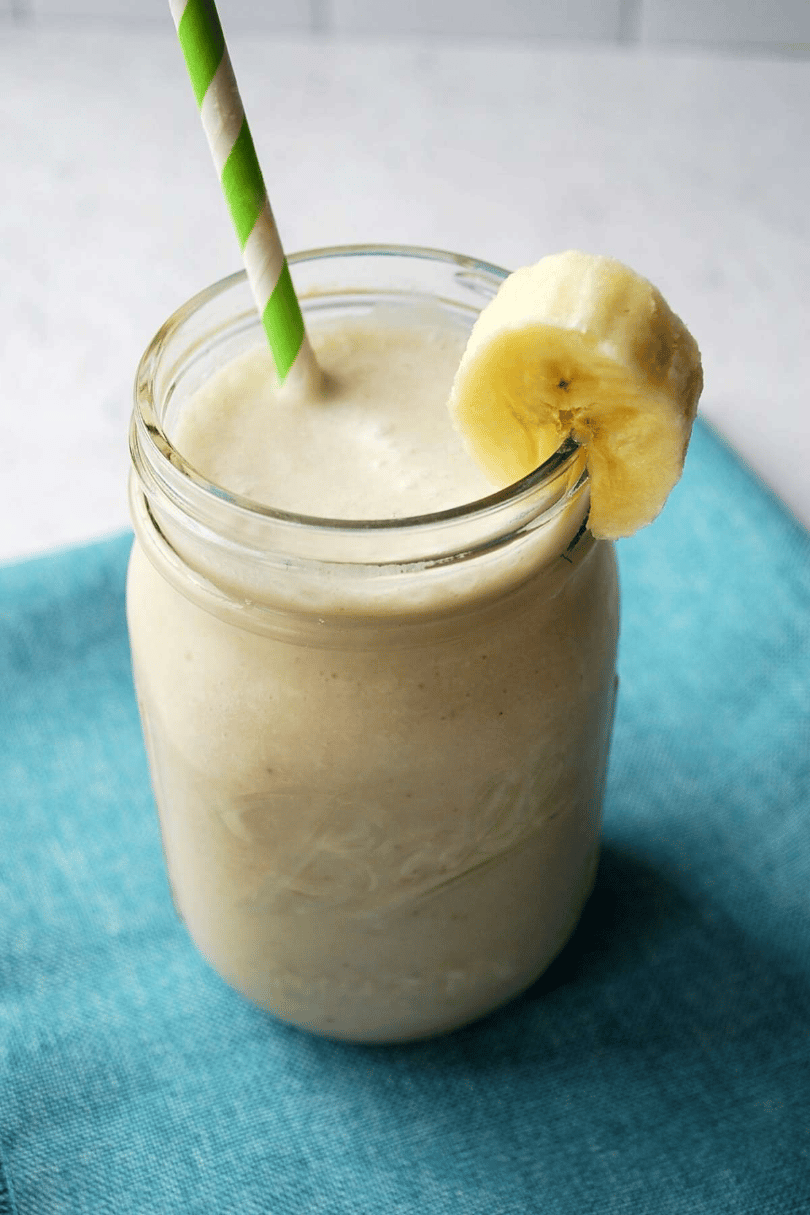- The Daily Tonic
- Posts
- One step closer to understanding autism?
One step closer to understanding autism?
Plus: Recipes to take into the weekend.
"Every day may not be good, but there's something good in every day." - Alice Morse Earle
Friday. And just like that, we are headed into the first weekend of the holiday season. This begs the question—what is the number one Christmas movie on the docket for this weekend? Is it Home Alone? Is it Elf? Is it Die Hard? Or something else? And yes—there is absolutely a right and wrong answer.
Speaking of tough questions, here is one with much more serious implications: are we any closer to finding the root cause of autism? Let’s dive in.
Together with Inside Hotels
Hotels We Love: Westin Long Beach
A wellness-oriented hotel situated along a sleepy stretch of coastline in Southern California, Westin Long Beach is the perfect place to stay when you don’t want to commit to just one type of vacation.
Head south to visit Disneyland, or north to visit the bright lights of Los Angeles. Or, just head outside to visit the historic Queen Mary, only a few blocks away. Whatever you choose, you’ll be thrilled to return back each night to your spacious and well-appointed room, before heading downstairs to Navy Proof for a wonderful meal and inventive cocktail. Of course, if you want a coffee in the morning, you can always pop into the on-site Bluestone Lane.

Scientists Get Closer To Understanding Autism
Stanford University scientists, after ten years of research, have made some discoveries that could revolutionize our understanding of autism. Their findings, based on a twenty-year-old theory about a disruption in the brain’s nerve cells, identified genes that could play a role in the development of the disorder.
Autism affects 1 in 36 Americans and is a neurological disorder that can lead to various challenges with communication and social interaction. The most frustrating part is that we still have a minimal understanding of what causes this disorder and how we can prevent it.
The cerebral cortex, the brain’s hub for higher-level processes like thought and language, contains nerve cells that either stimulate or inhibit activity. The balance between these excitatory and inhibitory cells is essential to proper neurological function. Excessive excitation can lead to focus issues and epilepsy, which is more prevalent in individuals with autism. Therefore, it is hypothesized that a higher number of inhibitory interneurons is required for balance.
Interneurons originate deep within the brain and migrate to the cerebral cortex, a journey starting mid-gestation and completed by the second year of a child’s life. Stanford’s study examined 425 genes associated with neurodevelopmental disorders to identify those that disrupt the creation and migration of these crucial cells.
The results? Several genes linked to autism were among the same genes identified to disrupt the creation and migration of these essential brain cells.
Another challenge researchers had to overcome to conduct this study is the ethical limitations of fetal brain study. To do this, the research team used a gene-editing system, CRISPR, and a visual marker that caused inhibitory neurons to glow green for easy identification. Through the fusion of cell clumps mimicking brain structures, the researchers could observe the interneurons’ development and movement.
Their method revealed that 46 genes—11% of those studied—were implicated in the formation and cortical migration of interneurons. The absence of one gene, LNPK, known to be connected to seizure disorders, highlighted a potential link between seizures and an imbalance in neuronal excitation and inhibition.
The research is a considerable leap forward in understanding the biological framework of brain development linked to autism. However, it is important to note that autism is not a singular condition but rather a spectrum, with neuronal imbalance representing just one facet of its potential causes.
This research has also been met with some pointed criticism. Some researchers and autism advocates point out that a lot of funding goes into unraveling the genetic basis of autism. At the same time, only a fraction addresses the day-to-day challenges faced by people with autism, especially after they age out of the public school system.
The key takeaway? This study is a significant leap forward in our efforts to better understand and, hopefully, someday prevent autism. This work represents an important milestone but also a starting point for developing interventions that could profoundly impact those living with autism and related neurological conditions. There is still a lot more work to be done, but it is a bright spot worth sharing nonetheless.
Tonic Shots
1. Another Soup the Family Will Love
The only thing better than chicken noodle soup is chicken tortellini soup. Enjoy!
2. A Light, Refreshing Salad!
Carrots and cucumbers—this salad is packed with fiber and tasty veggies. Enjoy!
3. Coconut and Banana? Yum!
One of my favorite smoothie combinations. Anything with coconut is just so good!
Other Newsletters We Love ❤️
|
How was today's newsletter? |







